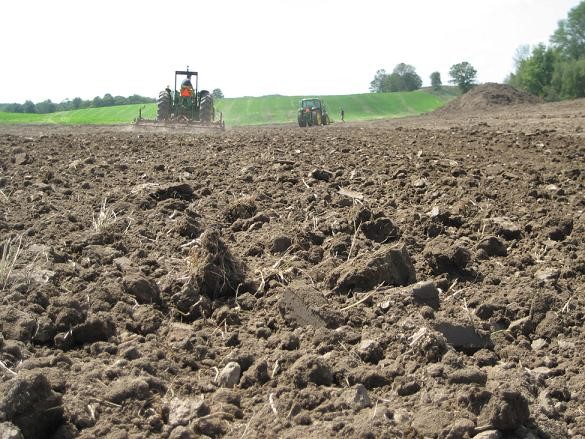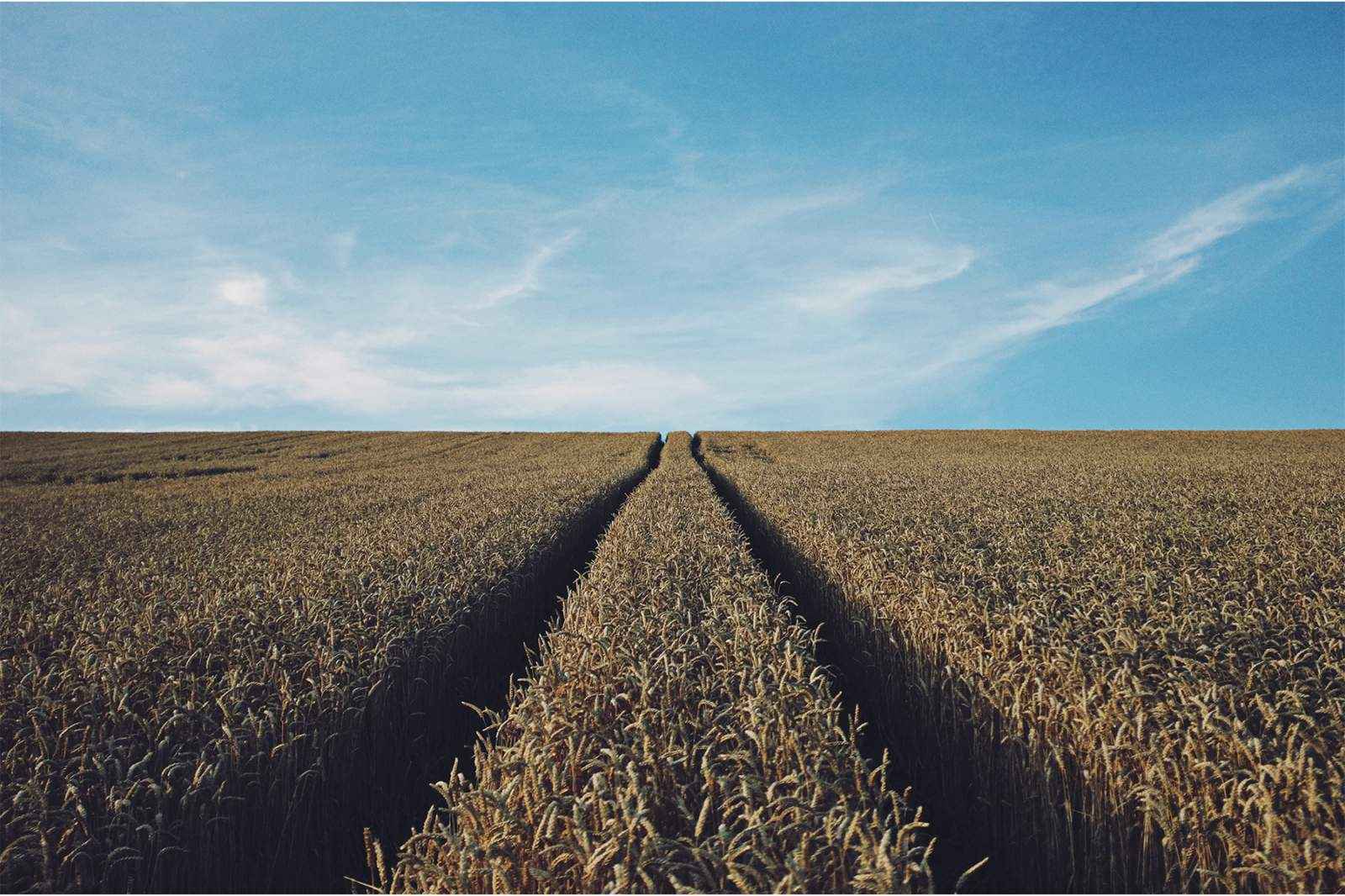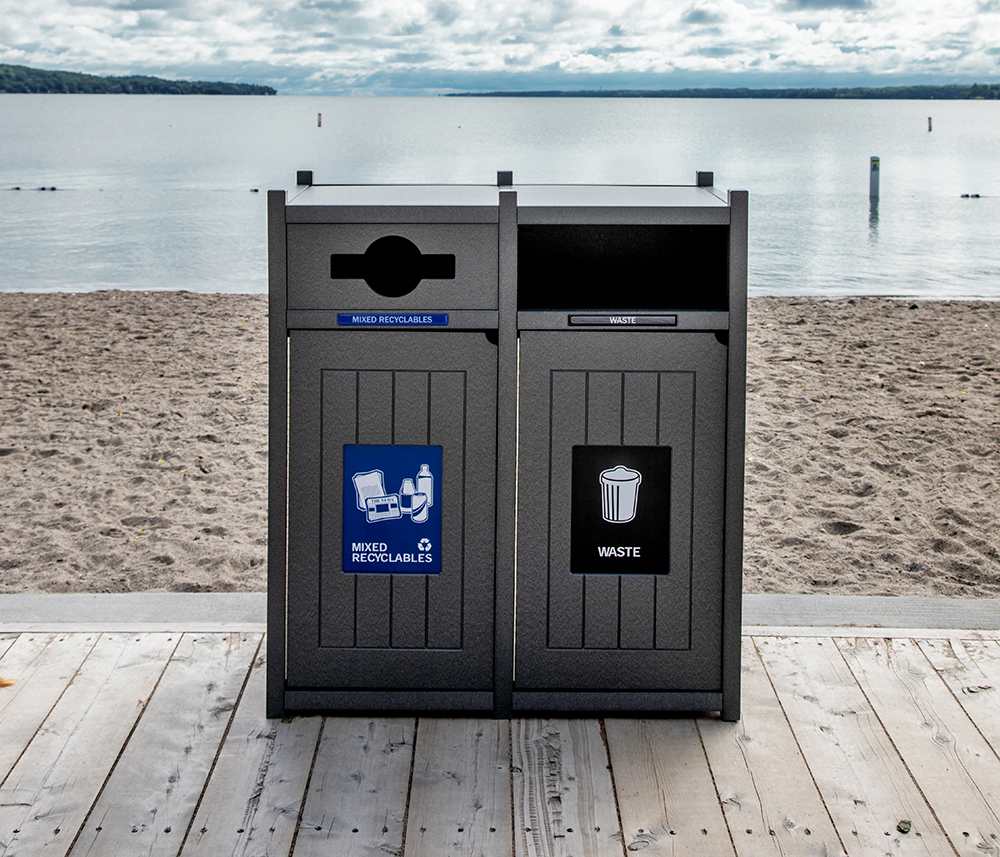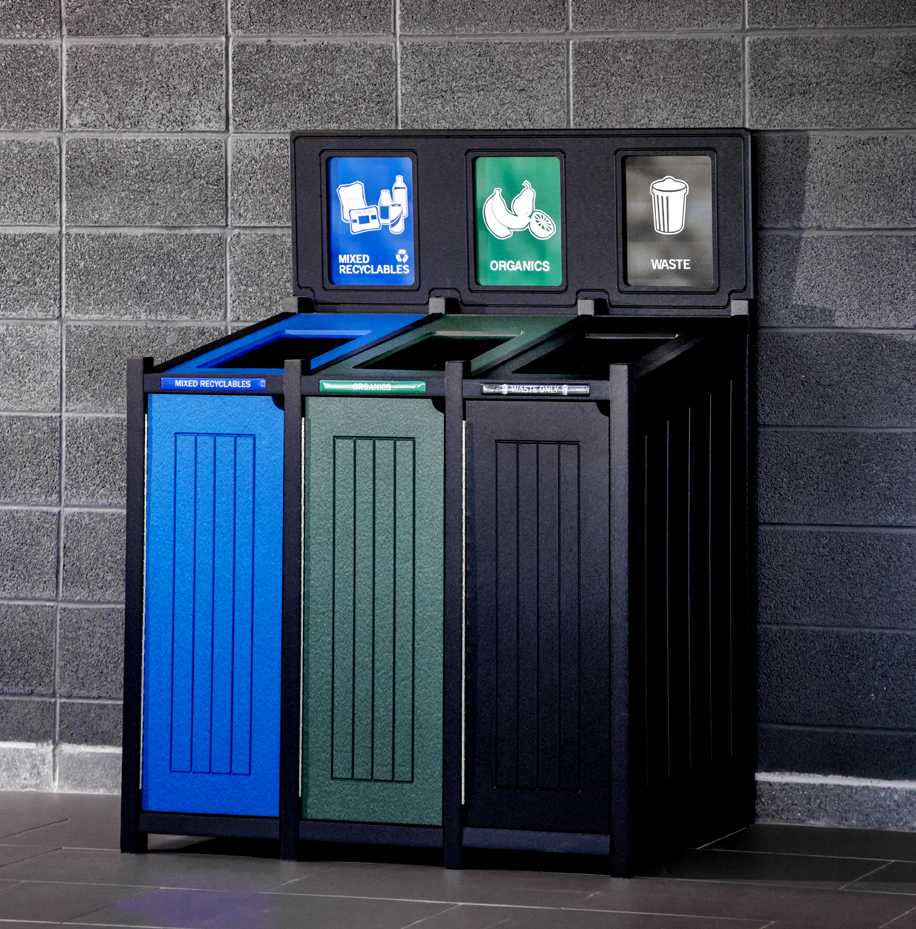As crop prices rise, many farmers are looking to their pastureland or their Conservation Reserve Program (CRP) land as a potential source of new income. Though this may seem like a good choice due to its potential of profit, there is actually serious consequences in converting your pastureland/CRP land into cropland.
Pastureland is a field that is covered with grass that is suitable for the grazing of livestock. Pastureland has many benefits to both the farmer and their animals, such as a sustainable and economical source of feed for animals, can reduce the amount of labour required in regards to livestock feeding, help build soil stability and reduce erosion.
CRP land is sensitive land that a farmer has enrolled in the CRP program in exchange for a yearly payment. The goal of CRP land is to re-establish valuable land cover, improve water quality, reduce soil erosion and limit the loss of wildlife habitats. Both of these land types play important environmental roles!
Crop prices are on the rise and certain crops are in high demand, because of this, farmers are looking at their pastureland and CRP land as potential for profit. The biggest issue with converting these lands into cropland is soil erosion. Soil plays a massive role in our existence. Without soil, trees and plants would not exist and neither would we. Not only does soil play an important role in our food chain and air supply but it also stores billions of tonnes of carbon, helping to minimize greenhouse gases as well as filtering and cleaning our water supply. When a farmer chooses to turn pastureland or CRP land into crop land, the chances of soil erosion increase exponentially. Cropland are left bare for part of the year which leaves the soil exposed to wind and water, accelerating soil erosion. As water accumulates over land, either from rain or watering, the soil is loosened and begins to move down slopes with flowing water. Most of the soil that is moved down hill is usually the most fertile soil containing the needed nutrients for crops and vegetation.
As the world’s population continues to rapidly grow, it puts a pressure on pastureland to convert over to cropland, however undesignated pastureland could be converted to cropland with proper soil management practices. One such practice is crop rotation where every third or fourth year the land is planted back into pasture with alfalfa and/or clover. Both are able to convert nitrogen from the air into the soil and acts as a “green manure”, eliminating the dependence on petroleum based synthetic fertilizers.

Other than soil conservation and livestock grazing, another role that pastureland and CRP land play are natural habitats for wildlife. Pastureland and CRP land provide shelter, breeding grounds and food sources to a variety of wildlife. These wildlife species in turn help the farmer by pollinating crops, breaking down organic matter that provides nutrients to the soil and help control pests in nearby crops. A good example of this is certain bat species can eat up to 600 mosquitoes in an hour, certain birds can control gopher population and lady bugs eat many types of pests that can destroy crops.
Think more about what “profit” these land types are already providing us and keep them intact for the sake of you, your animals, and the wildlife that calls them home!
Sources
- http://www.statcan.gc.ca/pub/16-002-x/2015002/article/14133-eng.htm
- http://www.fao.org/docrep/t0389e/t0389e02.htm
- http://forages.oregonstate.edu/nfgc/eo/onlineforagecurriculum/instructormaterials/availabletopics/esablishment/advantages
- http://eap.mcgill.ca/MagRack/COG/COGHandbook/COGHandbook_1_5.htm
Did you find this Page helpful?



















